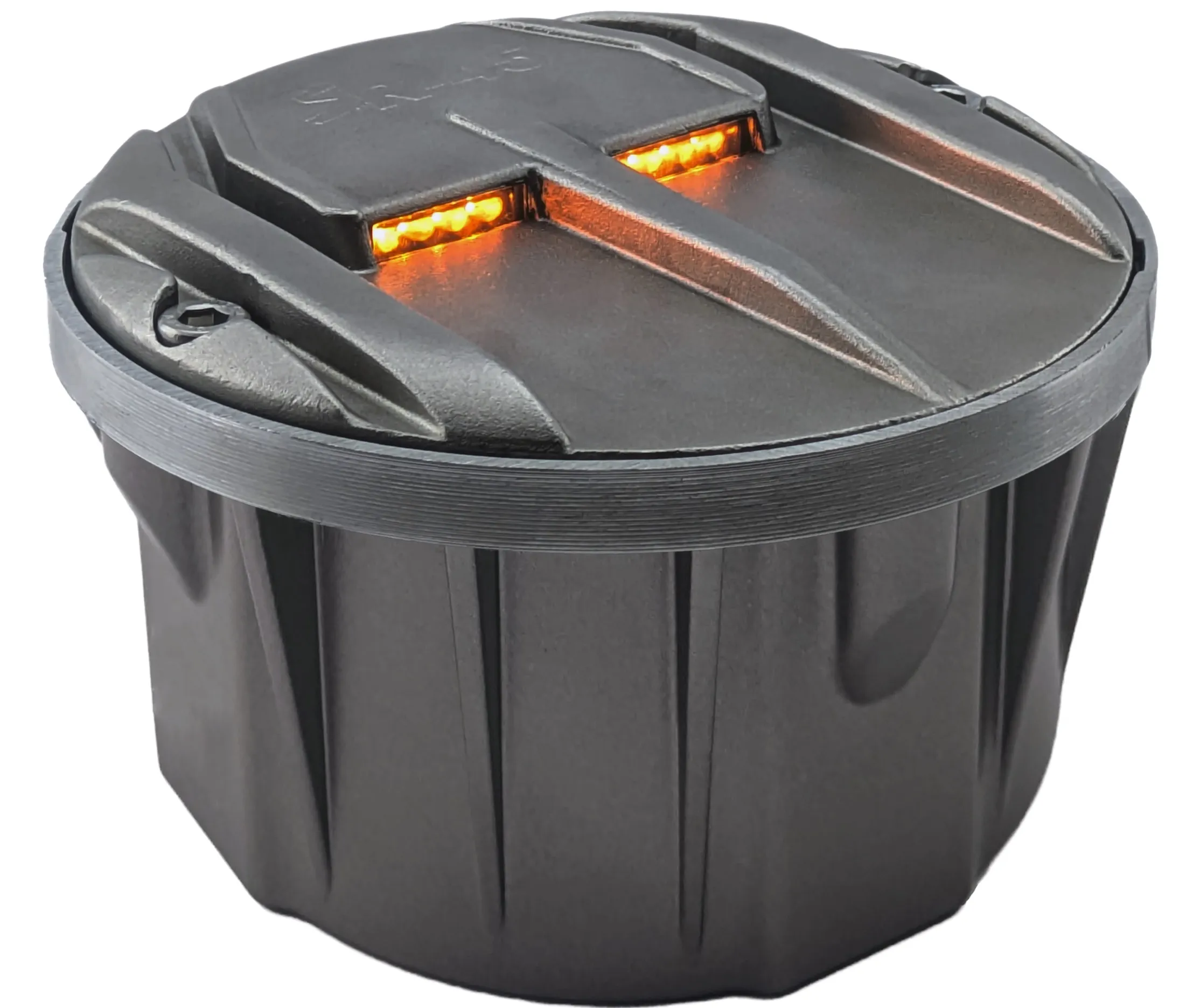Car maker Nissan has launched its smart rearview mirror, said to be the world's first LCD monitor that helps provide clear rearward visibility unimpeded by traditional obstacles such as cargo, tall passengers, inclement weather or the design of a vehicle.
Installed in an all-new 2014 Rogue on show at the forthcoming New York International Auto Show, the smart rearview mirror allows the driver to switch between the LCD monitor and the conventional rearview mirror.
Housed within the structure of the con
April 14, 2014
Read time: 2 mins
Car maker 838 Nissan has launched its smart rearview mirror, said to be the world's first LCD monitor that helps provide clear rearward visibility unimpeded by traditional obstacles such as cargo, tall passengers, inclement weather or the design of a vehicle.
Installed in an all-new 2014 Rogue on show at the forthcoming New York International Auto Show, the smart rearview mirror allows the driver to switch between the LCD monitor and the conventional rearview mirror.
Housed within the structure of the conventional rearview mirror, the smart mirror has a built-in LCD monitor that can be activated in place of the conventional mirror. A high-resolution camera mounted on the rear of the vehicle provides the driver with a clear, unobstructed view of the vehicle’s rear, circumventing traditional rearview obstructions such as the vehicle's C-pillars. The camera projects a clear image, wider and clearer than a standard mirror, on to the monitor for a better view.
The smart rearview mirror can provide a clear image in a variety of environmental conditions including rain, snow, dawn and dusk. The high-quality camera and image processing system in the LCD monitor provide a clear image with minimal glare, even during sunrise or sunset conditions or when the vehicle is being followed by a vehicle with strong headlights.
Nissan plans to implement the smart rearview mirror in the ZEOD RC, an experimental race car scheduled to compete in the 2014 24 Hours of Le Mans, as well as other NISMO race cars. The company will introduce the mirror to global markets over the next few years after an initial rollout to Japanese customers this spring.
Installed in an all-new 2014 Rogue on show at the forthcoming New York International Auto Show, the smart rearview mirror allows the driver to switch between the LCD monitor and the conventional rearview mirror.
Housed within the structure of the conventional rearview mirror, the smart mirror has a built-in LCD monitor that can be activated in place of the conventional mirror. A high-resolution camera mounted on the rear of the vehicle provides the driver with a clear, unobstructed view of the vehicle’s rear, circumventing traditional rearview obstructions such as the vehicle's C-pillars. The camera projects a clear image, wider and clearer than a standard mirror, on to the monitor for a better view.
The smart rearview mirror can provide a clear image in a variety of environmental conditions including rain, snow, dawn and dusk. The high-quality camera and image processing system in the LCD monitor provide a clear image with minimal glare, even during sunrise or sunset conditions or when the vehicle is being followed by a vehicle with strong headlights.
Nissan plans to implement the smart rearview mirror in the ZEOD RC, an experimental race car scheduled to compete in the 2014 24 Hours of Le Mans, as well as other NISMO race cars. The company will introduce the mirror to global markets over the next few years after an initial rollout to Japanese customers this spring.










